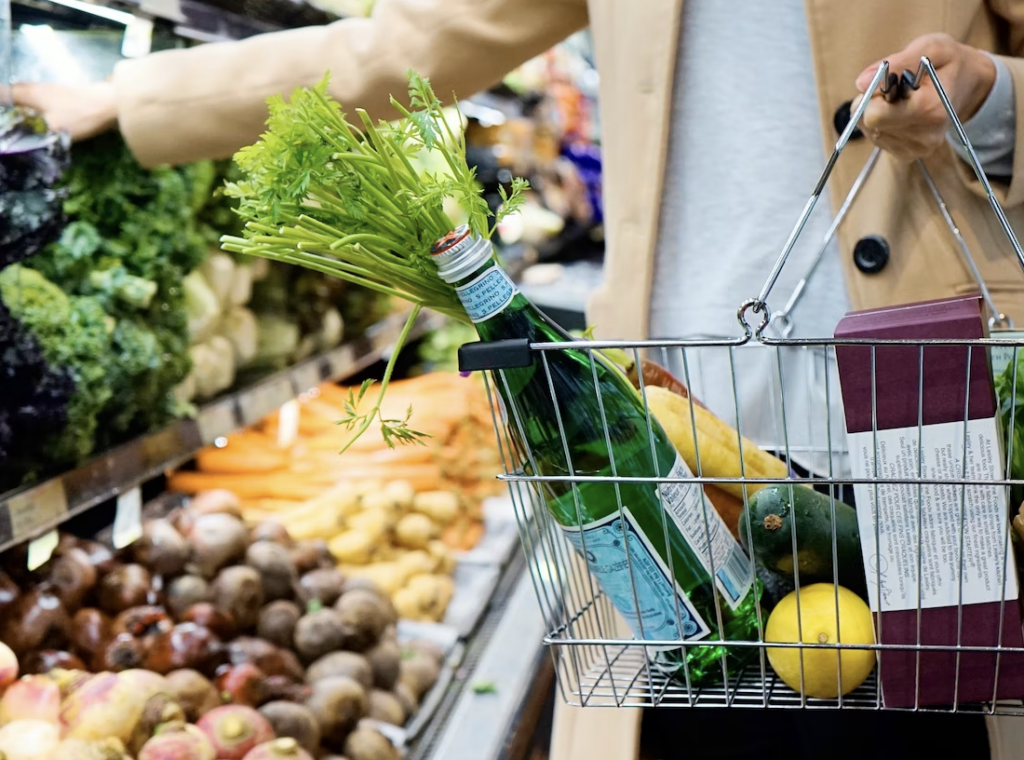The Healthy Foods That Aren’t Really Healthy At All
Instant oatmeal packets, granola, certain protein bars, sports drinks, and some yogurts are all examples of foods with hidden sugars which makes them far less healthy than you might assume.
This article is more than 2 years old

Fitness-savvy consumers make a conscious effort to buy healthy foods, but even the most careful shopper can be fooled by words that literally sugarcoat what’s inside. Labels like “all-natural” or “whole grain” can give the illusion that you’re buying a highly nutritious food that’s actually just junk food in disguise. Hidden sugars are everywhere, and most of us will continue to consume too much of the inflammatory substance unless we know where it lurks.
Reading nutrition labels is a must if you want to consume healthy foods. The new nutrition labels that launched in 2020 have made it easier to decipher which foods are healthy and which are not. Therefore, there’s not really any such thing as “hidden” sugar because you can read the amount on the nutrition label.
According to CNET, many common “healthy” foods and drinks actually contain too much sugar. Keep in mind that there are many different ways to say “sugar” without actually using the word, such as evaporated cane juice and fructose. Other ingredients that add empty sugar calories and carbs to otherwise good food include agave nectar, coconut palm sugar, turbinado, fruit juice concentrate, brown rice syrup, and maple syrup.
Breakfast foods are common items where sugar likes to lurk. Instant oatmeal packets can contain up to half of the recommended daily limit of 25 grams of sugar, so choose plain oats instead. Granola and granola bars sound like healthy foods—and they do include many healthy ingredients, like oats and nuts. Because granola and granola bars are such concentrated foods, you could eat 20 grams of sugar before you feel satisfied with the portion size.
Protein bars and shakes are generally healthy foods, but a high amount of protein doesn’t automatically mean a low sugar content. One ZonePerfect chocolate peanut butter protein bar or one bottle of Boost high protein nutritional drink has 15 grams of added sugar. Choose an RX bar made from fruit and egg white protein or a Premier Protein shake instead.
The dairy department has many healthy foods, but also a lot of hidden sugars. Yogurt can be loaded with the sweet stuff, such as Yoplait’s six-ounce strawberry yogurt that contains 19 grams of sugar. Buy plain yogurt, such as Fage Total 0% and sweeten it at home with a packet of stevia, monkfruit or another no-calorie sweetener and a dash of vanilla extract.
Plant-based milk substitutes can be healthy foods but are often another source of hidden sugars. Usually, it’s the chocolate or vanilla oat or almond milk that includes added sugar. Make sure you buy plain, unsweetened plant milk instead, as the calorie and sugar difference is huge.
Canned soups, sauces and condiments can include a surprising amount of sugar, even though most of them aren’t intended to taste sweet. Tomato soup can taste cloyingly sweet due to its 15-plus grams of sugar, and one tablespoon of ketchup can have over a teaspoon of sugar. Spaghetti sauce often has added sugar to help cut the acidity of the tomatoes, but read labels carefully to make sure you’re buying one that includes very little.
Finally, read pressed juice and sports drink labels carefully. Pressed juices are made from healthy foods including fresh fruits and vegetables, but their sugar content can be higher than soda. The same is true of sports drinks, even the ones that are labeled “low sugar.”





